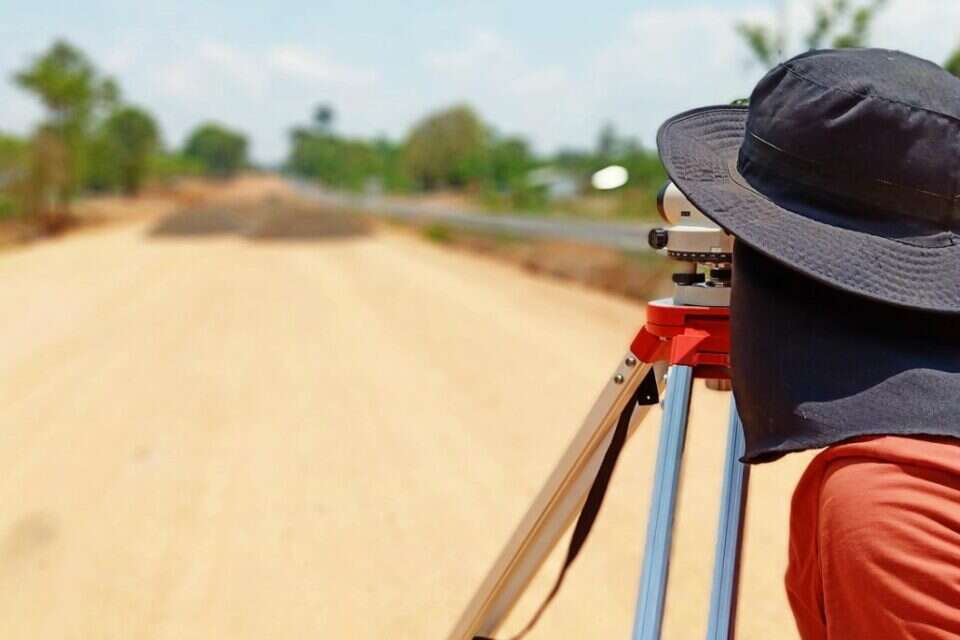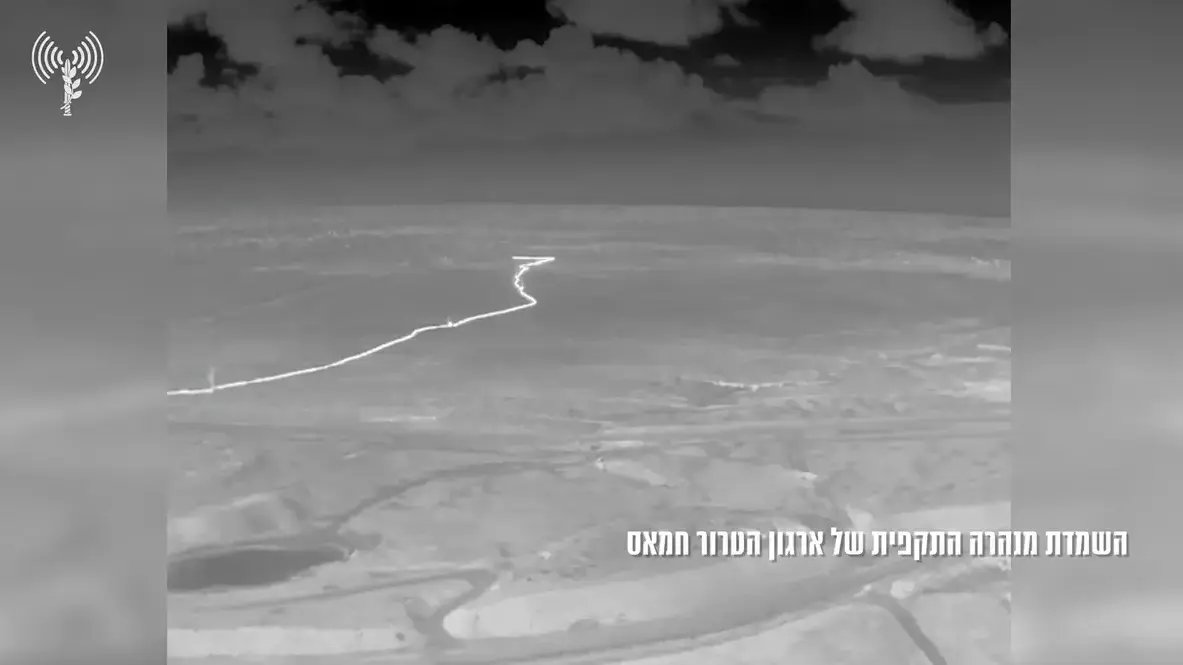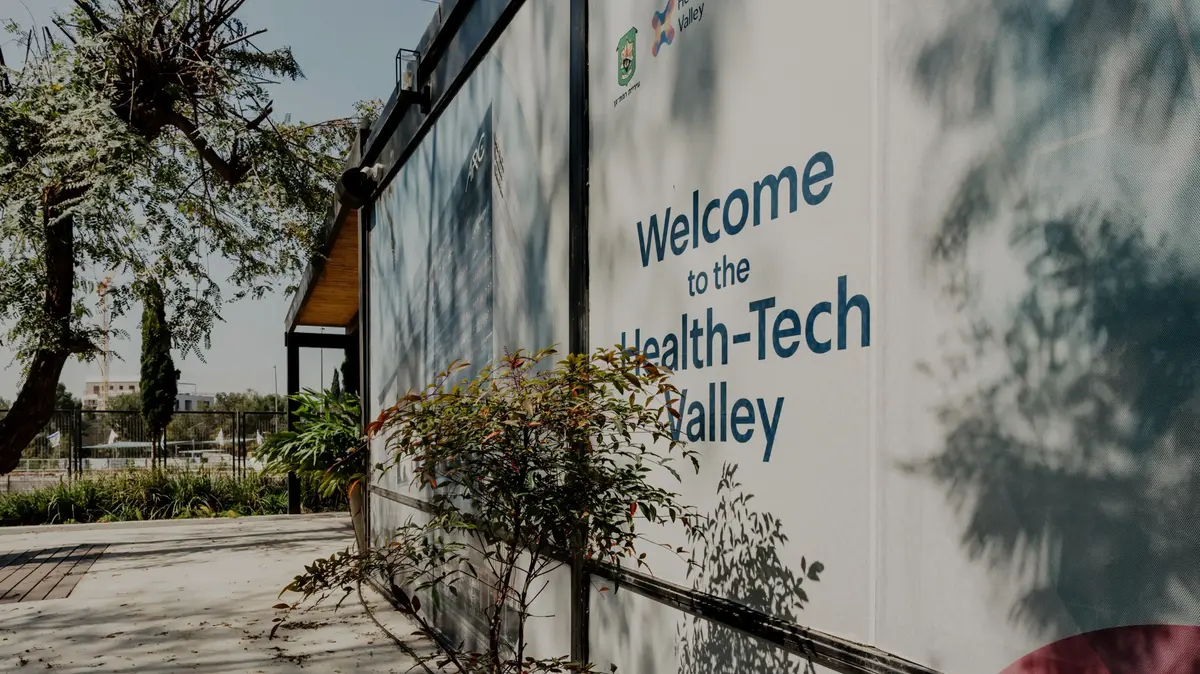In collaboration with the Infrastructure Locator Forum
According to a recent study conducted by the International Construction Forum, it turns out that one of the most common and essential reasons that leads to a delay in the completion of infrastructure projects in the real estate sector is failures and a lack of coordination between the various branches when it comes to underground infrastructure.
On the face of it, the reality was supposed to be operationally simple, and with a minimum of delays: the language of the law, the regulations, and the rulings state that any entity that wishes to carry out excavation work in the ground, before carrying out it, is required to contact the function of a planner, who in turn, is required to contact all the entities whose infrastructures are located in the ground, in order to Get a map that lays out the location of the infrastructure in the said section.
Working according to this guideline, its purpose is mainly to prevent a situation in which during the digging work, the infrastructure of a certain party, such as an electricity company, Bezeq, various communication companies or water pipes, is damaged.
However, as mentioned, the directive is separate and the reality is separate: in practice, in many cases, the information received from the bodies is inaccurate to say the least or does not exist at all.
Alongside this, reality shows that in quite a few projects, no relevant information is collected at all.
the result?
Many hundreds of failures that occur every year.
Data recently published by the Electric Company reveal a touch of the problematic reality.
According to its review during the years 2019-2021, there were no less than 4,700 damage to the infrastructure of the Electric Company, some of which led to prolonged power outages, and all of them - to the stoppage of work.
Is this a finished reality?
Are we all doomed to the continuation of infrastructure works, severely damaging the fabric of life and creating endless traffic jams?
The answer is negative.
Today, there is an innovative technology for 'locating underground infrastructure', with complex technological means, including ground penetrating radar.
We talked about this with Ronan Reznik, VP of Engineering at Reznik Systems, who specializes in locating underground infrastructures, infrastructure mapping and planning:
Is there an assessment of the degree of effectiveness of the use of these technological measures in terms of reducing the number of breakdowns?
Studies unequivocally prove that the use of these measures reduces the incidence of infrastructure damage by dozens of percent, but not only that, the use of a model or application that shows all the underground infrastructure in the construction area (electricity, water, sewage, communication) significantly shortens the time of the project, saves costs are evident in the unnecessary transfer of services, and makes sure that the construction does not harm the existing infrastructures.
In fact, in Israel no organized research has been conducted on the subject, but a look at the US provides an indication: an infrastructure ministry in Alabama that implemented the use of a 3D model, as part of highway construction work, testified that this saved it about 10 million dollars.
How is underground infrastructure located?
We produce a wide database that includes essential engineering information, such as: the year the infrastructure was established, the name of the company that established it, the exact underground route of the infrastructure route, and so on.
For this purpose, a ground-penetrating radar is used that reveals the location of the infrastructure electromagnetically. We actually create an electromagnetic induction, which detects underground changes and allows us to penetrate through the ground, and see into it. In practice, it is a dedicated transmitter that produces a magnetic field of a certain frequency and intensity, which sends On the other hand, there is also a receiver that moves above the ground that picks up the magnetic field and provides a visual indication of the depth and location of the underground infrastructure.
What are the different types of infrastructure that can be located?
Electricity, telephone, TV cables, optical fibers, lighting, grounding, command.
It is also possible to locate piping: water, gas, sewage, drainage, fuel, etc.
Meanwhile, our other system: the GIS system (geographic information system), allows to locate underground infrastructures that exist in a certain area, to perform analyzes and queries in the system, such as, to whom the infrastructure belongs, how many infrastructures were laid in a certain year, what is the year of production of the pipes in a certain infrastructure.
This is vital and necessary information for corporations and construction entrepreneurs/contractors.
In addition to all this, in light of our extensive experience and being the leading company in Israel in the field, we know how to get into the head of the infrastructure planner and thus see what the network looks like.
We also prepare our planning files in such a way that they can be directly inserted into a geographic database and easily compared between the planned and the existing.
In an article in De Marker recently published on the subject, it is stated that "the Ministry of Transportation is aware that there is often damage to the infrastructures that are placed underground that require the reopening of the road, but they claim that it is not negligence or a lack of coordination, but mainly in situations where it is not always clear where these infrastructures are located" . Is this a common situation?
is very.
You will be surprised, but not all relevant authorities and parties help us.
There is significant disinformation when it comes to the location of underground infrastructure, and most of the parties involved are aware of it, but some choose to turn a blind eye and hope for the best, which often turns out to be a mistake.
What are the preferences of a local authority when choosing a company to locate underground infrastructure?
Municipalities and government ministries adhere to uniform specifications and a common language between the government ministries and the authorities, adherence to correct layers of information according to topics and according to the director's instructions, precise editing rules that are written in a language that will adapt itself to computerized systems that will prevent mistakes in the future, accurate reading based on coordinates, And another long list of guidelines, which require rich and many years of experience in the field of mapping and infrastructures. Beyond that, we adapted our mappings to the standard of each and every authority.
Currently working with the standards of over 50 authorities and water corporations, which assures you that the approval of your plan will progress in a way you have not yet imagined, and this is because the authority will not delay with you on adjustments to their requirements and they will know that you chose to work and adjusted yourself ahead of time to their requirements.
Today Resnik maps underground infrastructures and leads the field of infrastructures and mapping with local authorities and councils, making sure to provide each location map in accordance with all regulatory requirements.
Are you considered one of the prominent companies in the field? What other developments of yours have recently matured?
Recently, we completed a long development process of GIS-based applications for local authorities, which enables automatic matching and synchronization of information between departments and service providers.
The system allows, among other things, the creation of an exemplary order in the reports that reach the local authority hotline, while managing the calls according to precise segmentation, in accordance with the client's request.
It provides an accurate location of the reports on the map, while synchronizing and updating the relevant factors in real time, also via WhatsApp.
The application actually consists of 3 parts: opening a new call at the call center by the call operator; managing the calls themselves when they are classified as we wish and a broad and in-depth analysis of the data.
In addition, the GIS module, takes engineering planning in an existing situation when it puts on an interactive map the existing constraints in the field.
In this way, it is possible to achieve engineering and economic optimization of the water, sewage and drainage network in the city.
Accordingly, the planner will be able to take into account ad hoc parameters that do not exist in the market today, and receive a visual answer based on a map to questions when data on population growth, clock readings, water depreciation, live pressure differences in the system, etc. are included.
This is a "live network solver", which is updated all the time and makes the engineering accessible to the manager on a daily basis for optimal operation of the existing network.
And what about infrastructure coordination? Do you have any news in this regard as well?
Definitely.
Infrastructure coordination is a process in which the company seeking to carry out an infrastructure project is required to coordinate with other infrastructure companies and entities that have interests and infrastructure in the project area.
When it becomes clear that in order to carry out the project, crossing, copying or shielding of an existing infrastructure is required, the company must coordinate this and obtain the required approvals.
The National Infrastructure Coordination System is a government digital platform for infrastructure coordination.
Our system knows how to interface with the same platform, which brings great value to the user: all the factors involved are laid out in front of him, with full integration between them.
This gives him absolute control, and the ability to optimally manage the work in a defined area.
In addition to this feature, we provide our customers with the opportunity to observe the space in an augmented reality format: if the mapping
Done through us or transferred to our disposal, we can use GPS to indicate the physical location of the customer in the field, in relation to the location of each and every infrastructure.
In the end, the two mentioned features can be received as a built-in part in our project management system.
This is a unique service.
In collaboration with the Infrastructure Locator Forum















